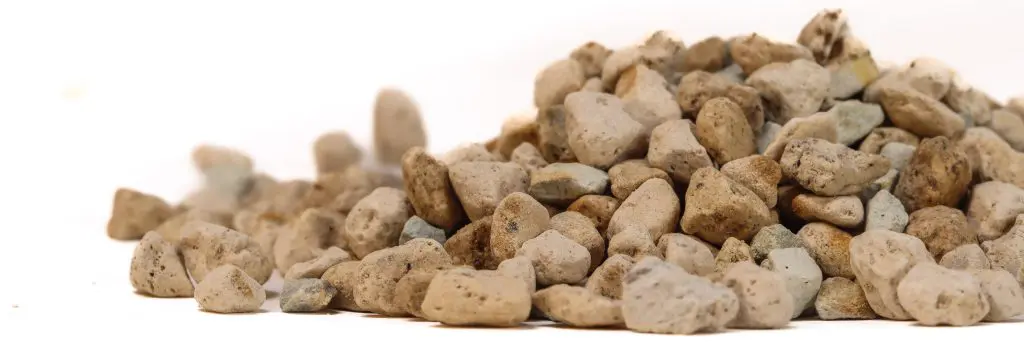Dracaena fragrans, or Dragon Tree Cintho, is a shrub with leaves forming as rosettes on stems and at the tip of the plant.
Latin name
Dracaena fragrans “Cintho”
Pronunciation
(“drah-SEE-nah FRAY-grans “SINTH-oh””)
Common name
Dragon Tree Cintho
Origin
Found throughout equatorial Africa from Tanzania to Ivory Coast
It has very long sword-shaped leaves. The variety “Cintho” has attractively variegated foliage with fine yellow stripes along the centres of the leaves (the reverse of the pattern of variegation found on the variety “Golden Coast”). The Dragon Tree makes a perfect floor-standing houseplant for your home.
In the wild, they can grow up to 3m, in height, and are sometimes used for hedging. As houseplants, they are typically much smaller. Dracaena fragrans is notable for its highly scented flowers (hence ‘fragrans’, meaning fragrant), and you may be lucky to get flowers on yours. They’re not especially attractive, but have a delightful smell.
Did you know?
Toxic to pets if ingested. It contains saponins, which can cause vomiting, loss of appetite, drooling and lethargy in cats and dogs.
caring for your plant

Light
Medium – high.

Watering
Low – medium. Allow the soil to dry out a little between watering.

Pruning
If the plant gets too leggy, you can remove the top part of the plant (and propagate that by planting in some soil – it will root quite readily). Dormant buds from lower down the stem will then break and new clusters of leaves will form, ultimately creating a new branch.

Feeding
Heavy doses of fertilizer can be harmful. A weak solution of fertilizer added to the water at each watering would ensure that essential nutrients are given, without risking giving too much.

pest & diseases
Largely pest-free, but watch for mealybugs hiding under leaves; remove them with a damp cloth. Dracaenas may develop black leaf edges or tips from salt build-up or strong fertilizer.
Our plants are grown in Ecoponic, an alternative to soil. Officially known as a vulkaponic substrate, it replaces traditional compost with a clean, mineral-based medium that helps protect peatlands.
According to the IUCN UK Peatland Programme, “A loss of only 5% of UK peatland carbon would be equal to the UK’s annual greenhouse gas emissions.” As well as storing carbon, the natural wetlands where peat is found are critical to the survival of plants and wildlife. Ecoponic also improves plant health and uses water more efficiently.
Find out more about Ecoponic here.


Buy one of my cousins from the nursery
Did you know?
Plantopedia is brought to you as part of our Engage & Bloom workplace experience program.
explore more
Why not continue your journey through the plant world. Explore more plants, their stories, habitats and the benefits they bring to spaces.











